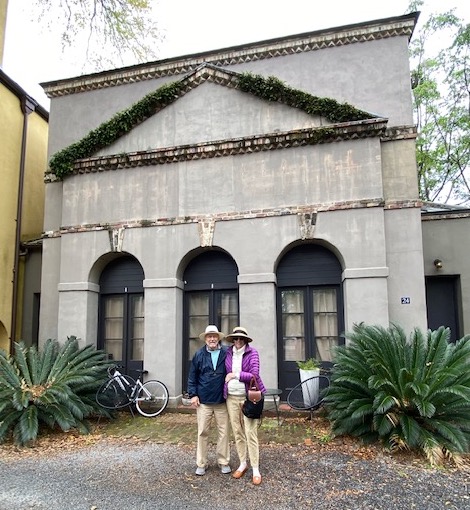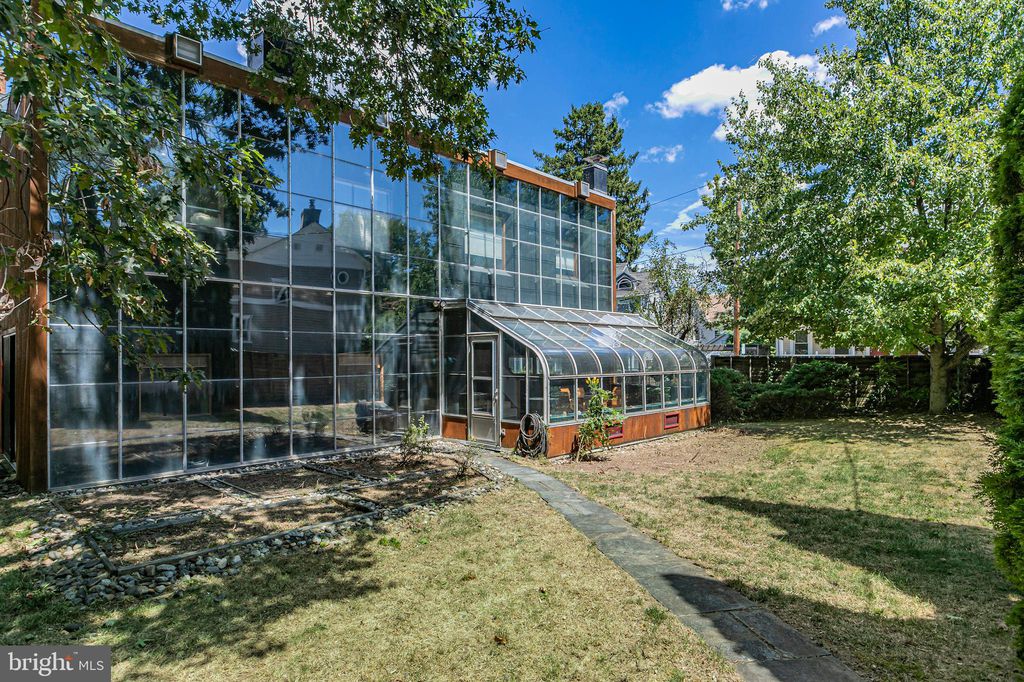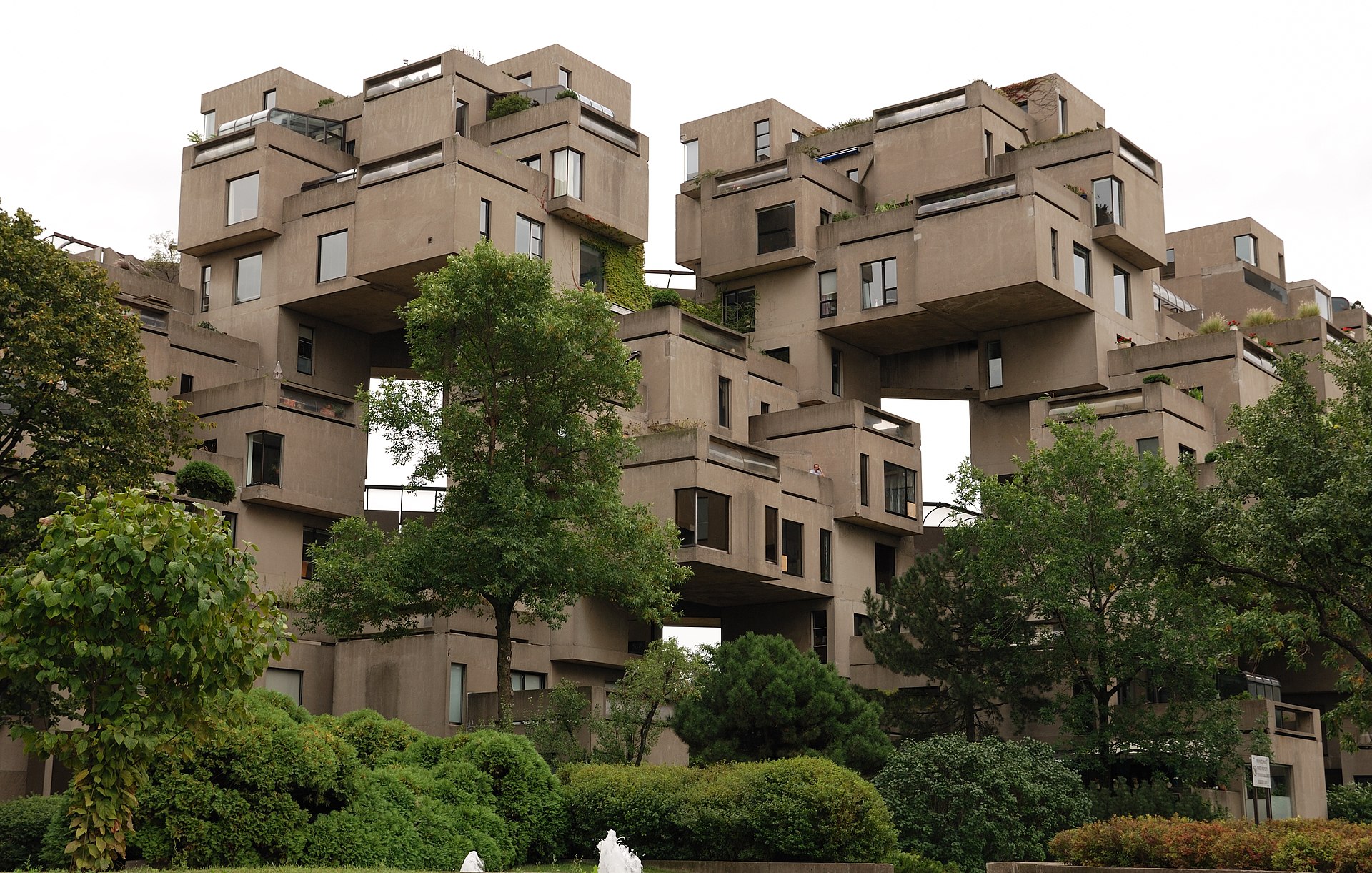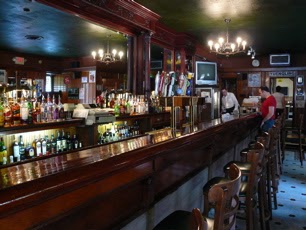STREAMING
Wally Byam (1896-1962) built the first Airstream trailer in 1937 (it cost $795). He was trained as a lawyer but had a checkered career. In the 1930s there was a fad for travel trailers, and he tried that. The Airsteam was monocoque construction, streamlined and very light. Although the exterior looked like a Dymaxion car or an airship, there was no bare aluminum inside—wood paneling, over-stuffed seats, pretty curtains. Lots of plaid. Starting in 1951, Byam led “caravans,” groups of up to 200 Airstream owners, touring the US, Canada, Mexico, and Europe. The last caravan was from Capetown to Cairo! At night the Airstreams formed large circles, … Read more








